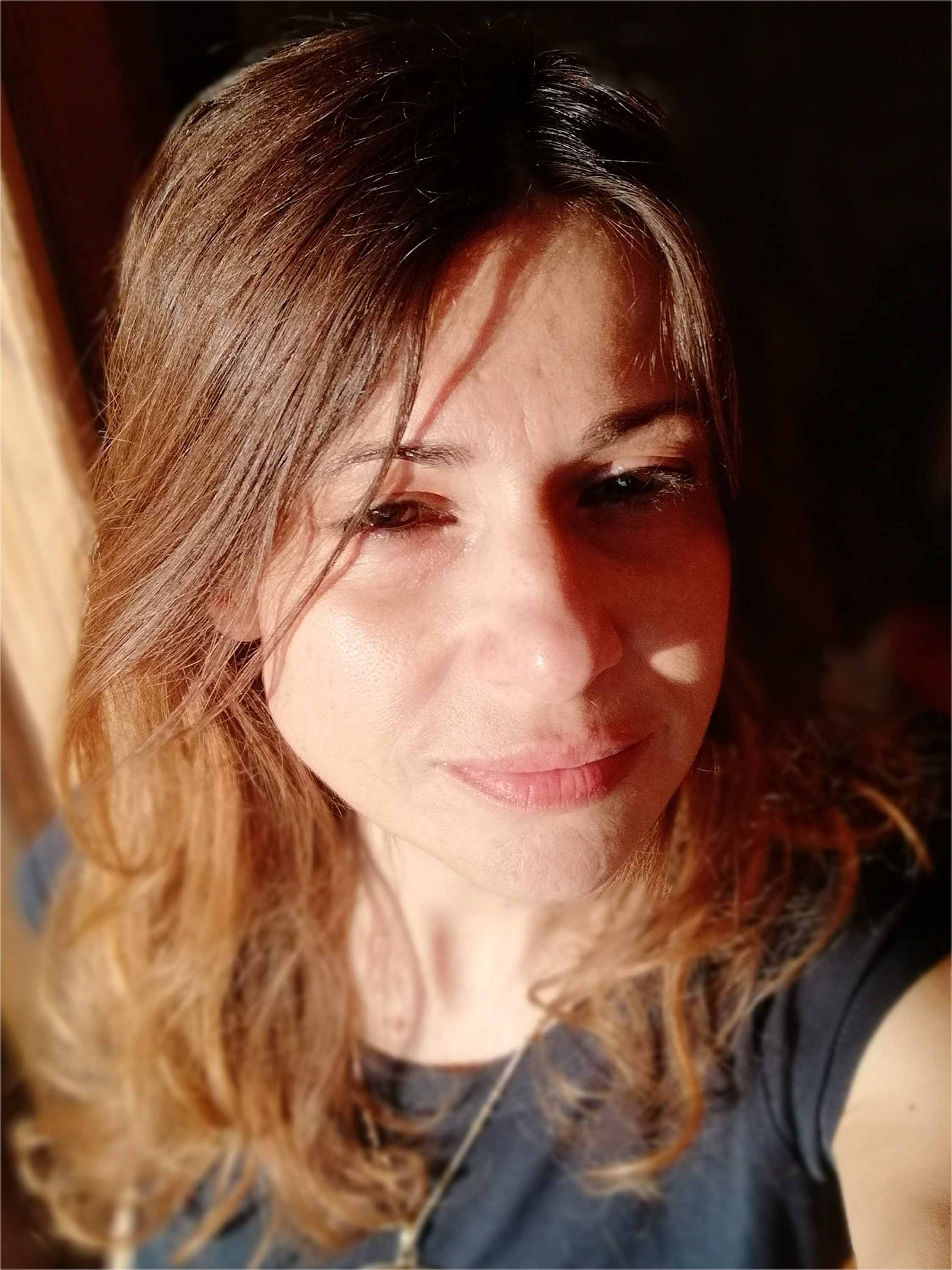 Researcher
Researcher
Integrative Marine Ecology Department
Stazione Zoologica Anton Dohrn
Villa Comunale
80121 Napoli - Italia
Tel.: +39
Cell: +39 329 5867131
Fax: +39
E-mail: This email address is being protected from spambots. You need JavaScript enabled to view it.
Contatto Skype: frine.cardone
Curriculum Vitae
Research Interests
My research interests are focused on the study of the mesophotic and aphotic macro- and megabenthic communities in particular in the Mediterranean Sea and the North Atlantic.
I am mainly interested in aspects related to the taxonomic composition, structure and distribution patterns of benthic communities associated with both soft and hard substrates across a wide bathymetric range. Particular attention is paid to marine bioconstructions, with my most recent studies targeting the deep Coralligenous bioconstructions, scleractinian reefs, Neopycnodonte reefs, and cold-water corals. Through a multidisciplinary approach, aspects concerning the distribution on different geographical scales, temporal dynamics, functioning, composition and the architectural role of each taxon are developed. Another focal point is the study of the phylum Porifera, which invokes an updated taxonomy at basin scale, including the description of new species, along with the definition of biogeographical patterns. The study of their life strategies and interactions with other taxa of deep-sea sponges combines disciplines, like taxonomy, systematics, ecology and genomics. A fundamental part of my research is field work, which is mainly carried out through oceanographic cruises and diving activity for the study of mesophotic ecosystems. Laboratory activity comprises analysis of ROV (Remote Operated Vehicle) video imagery and the investigation of biological samples with various instrumentation, combining optical microscopy and SEM (Scanning Electron Microscopy).
The results contribute to the updated knowledge of mesophotic and aphotic habitats, to the identification of vulnerable marine ecosystems (VMEs), as well as to ecologically and biologically significant areas (EBSAs).
Selected Publications
Cardone F, Corriero G, Longo C, Mercurio M, Onen Tarantini S, Gravina MF, Lisco S, Moretti M, De Giosa F, Giangrande A, Nonnis Marzano C, Pierri C. (2020). Massive bioconstructions built by Neopycnodonte cochlear (Mollusca, Bivalvia) in a mesophotic environment in the central Mediterranean Sea. Scientific report, 10, 6337 (2020). DOI.org/10.1038/s41598-020-63241-y
Angeletti L, Canese S, Cardone F, Castellan G; Foglini F; Taviani M (2020). A brachiopod biotope associated with rocky bottoms at the shelf break in the central Mediterranean Sea: Geobiological traits and conservation aspects. Aquatic Conservation: Marine and Freshwater Ecosystems, DOI.org/10.1002/aqc.3255
Cardone F, Pansini M, Corriero G, Bertolino M (2019). Two new species of deep-sea sponges (Porifera) from submarine canyons of the Sardinian Channel (Central Mediterranean Sea). Zootaxa, 4688(3): 407-419, DOI: 10.11646/zootaxa.4688.3.7
Corriero G, Pierri C, Mercurio M, Nonnis Marzano C, Onen Tarantini S, Gravina MF, Lisco S, Moretti M, De Giosa F, Valenzano E, Giangrande A., Mastrodonato M:, Longo C, Cardone F. (2019). A Mediterranean mesophotic coral reef built by non-symbiotic scleractinians. Scientific report, DOI: 10.1038/s41598-019-40284-4
Taviani M, Angeletti L, Cardone F, Montagna P, Danovaro R. (2019). A unique and threatened deep water coral-bivalve biotope new to the Mediterranean Sea offshore the Naples megalopolis. Scientific report, DOI: 10.1038/s41598-019-39655-8
Pierdomenico M, Cardone F, Carluccio A, Casalbore D, Chiocci F, Maiorano P, D’Onghia G. (2019). Megafauna distribution along submarine canyons of the central Mediterranean: relationships with environmental variables. Progress in Oceanography, 171: 49-69. DOI: 10.1016/j.pocean.2018.12.015
Nasto I, Cardone F, Mastrototaro F, Panetta P, Rosso A, Sanfilippo S, Taviani M, Tursi A. (2018). Benthic invertebrates associated with subfossil cold-water corals and hardgrounds in the Adriatic Albanian waters (Mediterranean Sea). Turkish Journal of Zoology, 42: 360-37. DOI: 10.3906/zoo-1708-44
Longo C*, Cardone F*, Pierri C, Mercurio M, Mucciolo S, Nonnis MarzanoC, Corriero G. (2017). Sponges associated with coralligenous formations along the Apulian coasts. Marine Biodiversity, 48: 2151-2163. DOI: 10.1007/s12526-017-0744-x *These authors contributed equally to this work.
Taviani M, Angeletti L, Canese S, Cannas R, Cardone F, Cau A, Cau A, Follesa MC, Marchese F, Montagna P, Tessarolo C. (2017). The “Sardinian Cold-water Coral Province” in the economy of Mediterranean coral ecosystems. Deep-Sea Research Part II, 145: 61-78. DOI: 10.1016/j.dsr2.2015.12.008
D'Onghia G, Capezzuto F, Cardone F, Carlucci R, Carluccio A, Chimienti G, Corriero G, Longo C, Maiorano P, Mastrototaro F, Panetta P, Rosso A, Sanfilippo R, Sion L, Tursi A. (2015). Macro- and megafauna recorded in the submarine Bari Canyon (southern Adriatic, Mediterranean Sea) using different tools. Mediterranean Marine Science, 16: 180-196. DOI: 10.12681/mms.1082
Cardone F, Corriero G, Fianchini A, Gravina MF & Nonnis Marzano C. (2014). Biodiversity of lagoon ecosystems: species composition and comparative analysis of hard bottom communities from the southeastern Italian coast. Journal of the Marine Biological Association of the United Kingdom, 94: 24-34. DOI: 10.1017/S0025315413001306
Cardone F, Corriero G, Gaino E. (2010). The budding process in Tethya citrina (Porifera, Demospongiae) and the incidence of post-buds in sponge population maintenance. Journal of Experimental Marine Biology and Ecology, 389: 93-100. DOI: 10.1016/j.jembe.2010.03.012
Book chapters
Ingrosso G.,Abbiati M., Badalamenti F., Bavestrello G., Belmonte G., Cannas R., Benedetti-Cecchi L., Bertolino M., Bevilacqua S., Nike Bianchi C., Bo M., Boscari E., Cardone F., Cattaneo-Vietti R., et al. (2018). Mediterranean Bioconstructions Along the Italian Coast. In: Advances in Marine Biology (Ed. Charles Sheppard), 79: 61-136. DOI: 10.1016/bs.amb.2018.05.001










